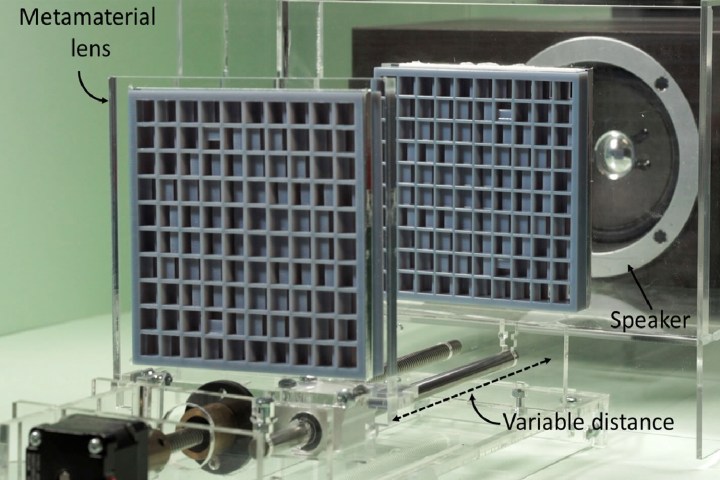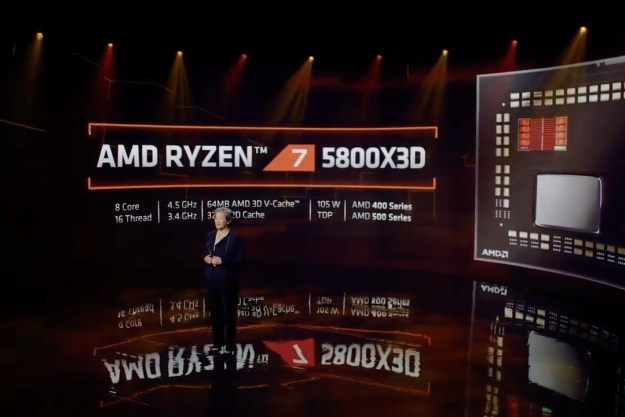
Using a torch, you can easily single out an individual in a room. Likewise, a floodlight will let you illuminate a whole crowd of people. But can the same thing be done with sound? Not quite so easily — perhaps until now, that is. In the U.K., researchers at the universities of Sussex and Bristol have developed new techniques for manipulating sound in the same way they can manipulate light. In the process, they could use it to create devices able to pinpoint certain noises (like identifying the sound of a burglar breaking a window against the background sounds of the rest of the house) or deliver perfect quality audio to either a single room or everyone in a packed room.
The work involves a series of 3D-printed Lego-style acoustic metamaterial bricks. By piecing these bricks together in different ways, their internal geometry can be made to shape the sound passing through them. Possible configurations include a “collimator” that turns a standard computer speaker into an acoustic spotlight, and a “magnifying glass” able to identify sound sources from distinct locations.
Gianluca Memoli, one of the researchers on the project, told Digital Trends that this is quite different technology to parametric speakers, the laser beam-like speakers which focus sound at high intensity into a relatively small area.
“A parametric speaker is a special speaker, often expensive, which exploits ultrasound to direct sound that we can hear,” Memoli said. “Our technology [involving] acoustic metamaterials can be used to make any speaker directional. In addition, our technology can do much more. It can sculpt the sound, so that it goes around corners. Or so that the sound coming out of a speaker reaches some specific spots and not others. … Finally, our technology can be used to receive, and not just to send out sound.”
Memoli said that, as a live theater fan, he’s excited by the possibility of creating special effects with sound like the ones we get with light. “Imagine a show where some part of the audience hear a shriek, while others don’t,” he said. “Imagine a VR experience with 3D sound, but without headphones.”
Other researchers on the project suggested that applications could include customized sound delivery systems for everything from cars to living rooms. “I like the idea of making sound that follows people, like in sci-fi movies,” Mihai Caleap, another engineer working on this, told us. “Personalized advertising is an obvious step forward.”
To further develop and commercialize this technology, four of the researchers have started up a company called Metasonics.
A paper describing this research was presented at the ACM CHI Conference on Human Factors in Computing Systems in Scotland this week.
Editors' Recommendations
- AMD might be about to launch the most powerful laptop of 2023
- 3D printed cheesecake? Inside the culinary quest to make a Star Trek food replicator
- This is how you can accidentally kill AMD’s best CPU for gaming
- AMD Ryzen 7 5800X3D beats predecessor, but AMD promised more
- AMD’s revolutionary 3D V-Cache chip could launch very soon


